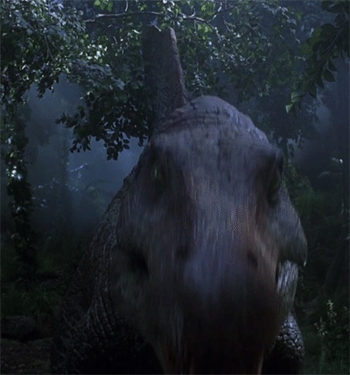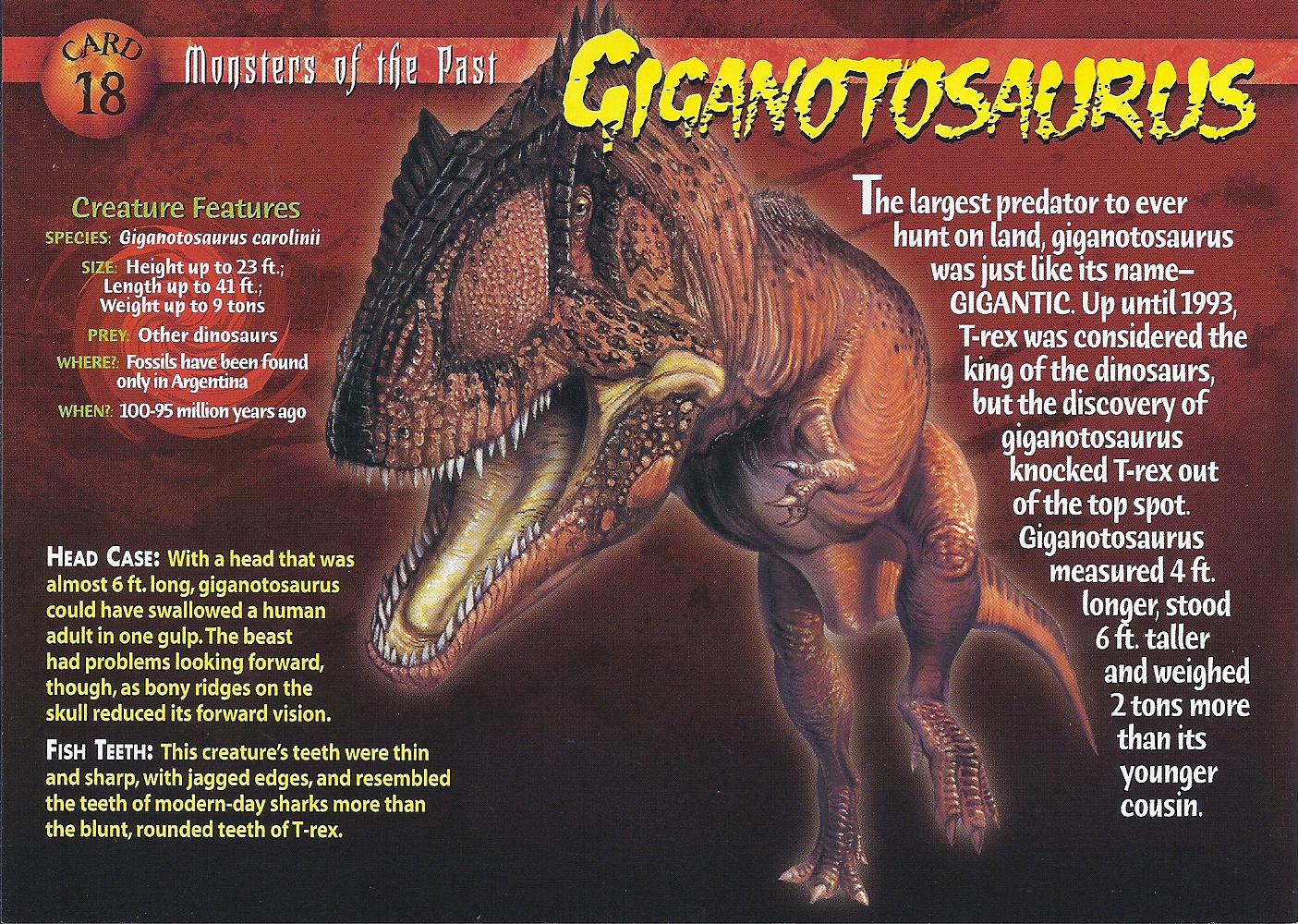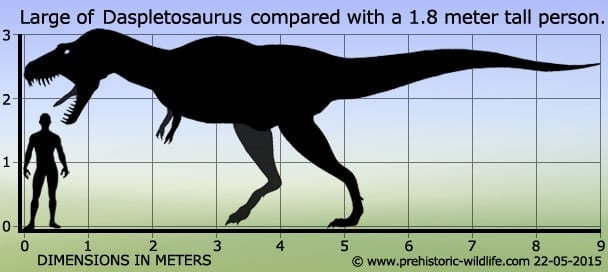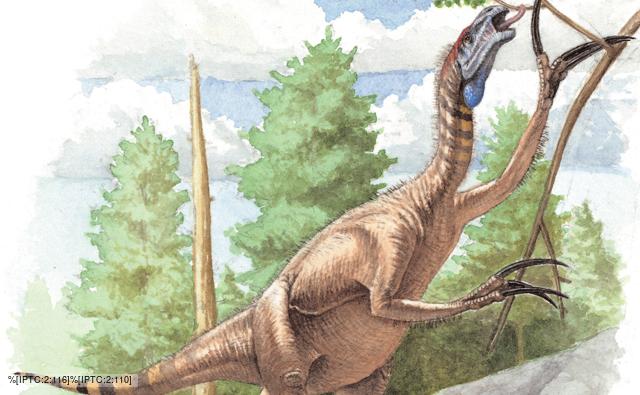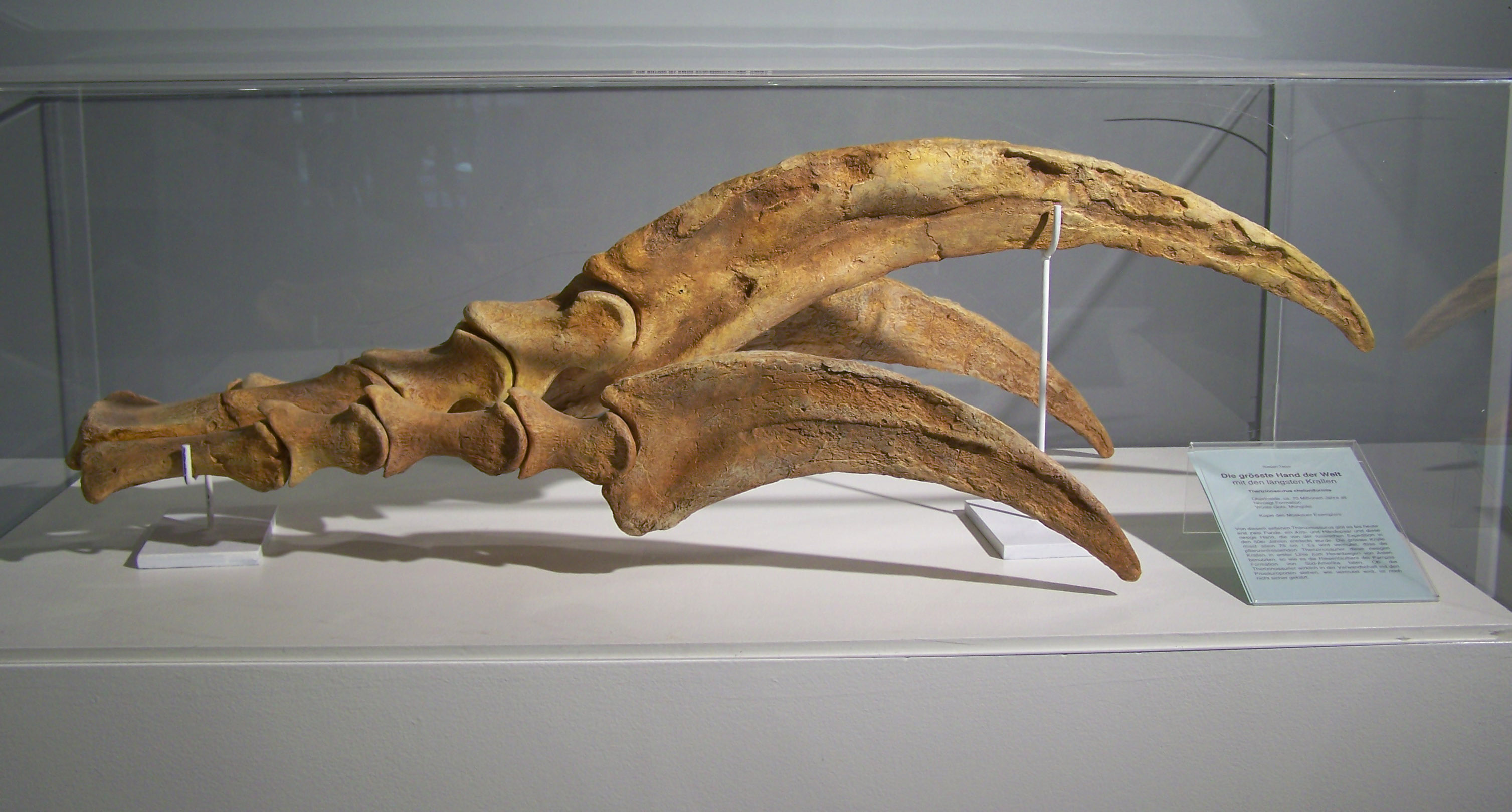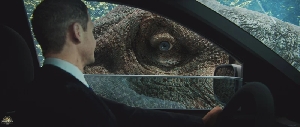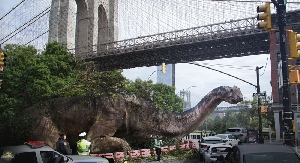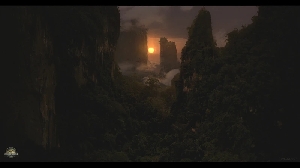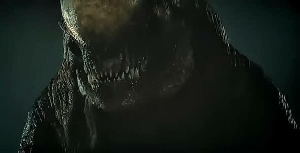Cretaceous Carnage #6
Dinosaurs Forum Topic

Carnosaur
MemberCompsognathusSep 1, 201410016 Views91 RepliesHaven't really been active, had to deal with some things. I'll work on the fights i owe to this and the Godzilla forum tonights, probably..
So anyways, let's begin.
Daspletosaurus

Daspletosaurusis a genus of tyrannosaurid that lived in western North America between 77 and 74 million years ago, during the Late Cretaceous Period. Fossils of the only named species (D. torosus) were found in Alberta, although other possible species from Alberta and Montana await description. Including these undescribed species makes Daspletosaurus the most species-rich genus of tyrannosaur.Daspletosaurus is closely related to the much larger and more recent Tyrannosaurus. Like most known tyrannosaurids, it was a multi-tonnebipedal predator equipped with dozens of large, sharp teeth. Daspletosaurus had the small forelimbs typical of tyrannosaurids, although they were proportionately longer than in other genera. While very large by the standard of modern predators, Daspletosaurus was not the largest tyrannosaurid. Adults could reach a length of 8–9 meters (26–30 ft) from snout to tail. Mass estimates have centered around 2.5 tonnes(2.75 short tons)
Therizinosaurus

Therizinosaurus is agenus of very large theropod dinosaurs.Therizinosaurus comprises the single species (T. cheloniformis), which lived in the late CretaceousPeriod (late Campanian-early Maastrichtianstages, around 70 million years ago), and was one of the last and largest representatives of its unique group, the Therizinosauria. Fossils of this species were first discovered in Mongolia and were originally thought to belong to a turtle-like reptile (hence the species name, T. cheloniformis– "turtle-formed"). It is known only from a few bones, including gigantic hand claws, from which it gets its name. Though the fossil remains of Therizinosaurus are incomplete, inferences can be made about their physical characteristics based on related therizinosaurids. Like other members of their family, Therizinosaurus probably had small skulls atop long necks, with bipedal gaits and heavy, deep, broad bodies (as evidenced by the wide pelvis of other therizinosaurids). Their forelimbs may have reached lengths of up to 2.5 metres (8 feet) or even 3.5 metres (11 feet) in the largest known specimen. In 2010 Gregory S. Paul estimated the maximum size of Therizinosaurus at 10 metres (33 ft) in length and five tonnes in weight
Nature doesn't deceive us; it is we who deceive ourselves.
Replies to Cretaceous Carnage #6
Hey Guest, want to add your say?
Are you an avid Jurassic World fan looking for a dedicated online community of likeminded fans? Look no further! Create your own profile today and take part in our forums and gain XP points for all the content you post!

